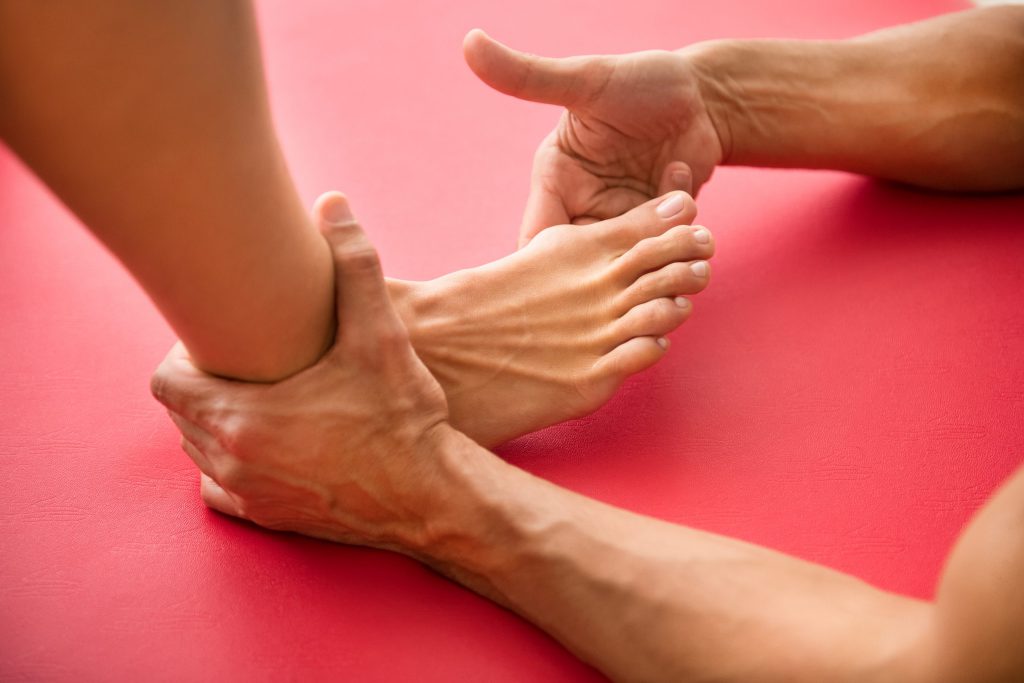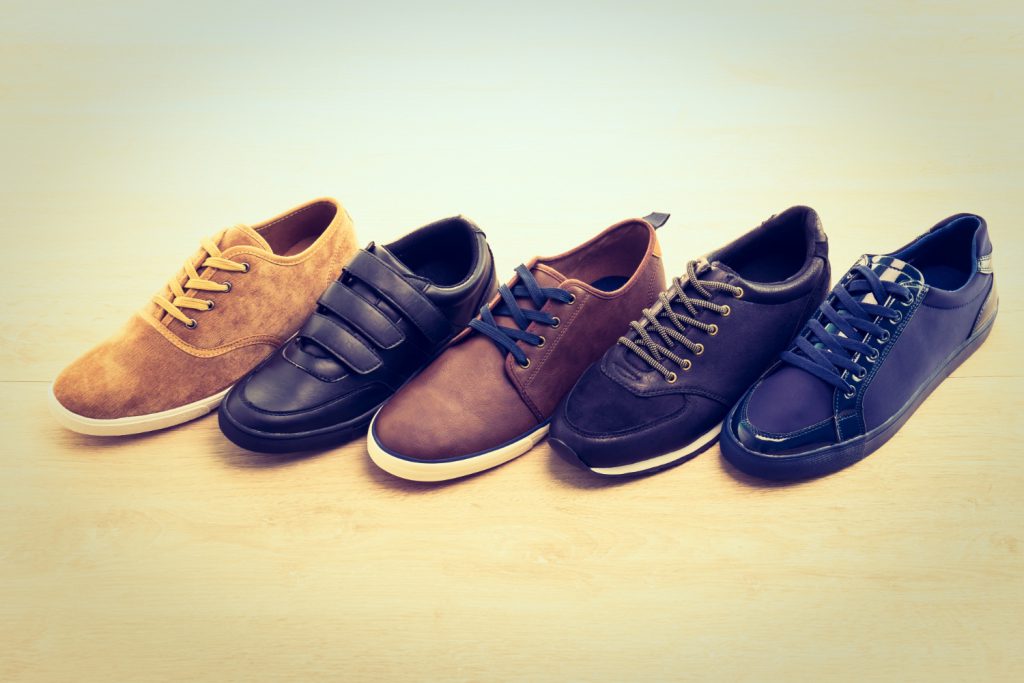What is Bunion? And what are the treatment options?
A bunion is a bony bump that forms on the side of the foot at the big toe, which causes the big toe to point toward the rest of the toes. The only way to get rid of it is through surgery, however, there are certain things you can do to relieve any pain it may be causing. When doing various tasks, the big toe joint bears and distributes weight, and a bunion in this crucial location can severely affect the operation of the foot, as well as cause harm to the other toes! Calluses might also occur on the bottom of the foot. Symptoms The appearance of a bump on the outside of the big toe Swelling or redness around the joint Persistent pain or intermittent pain Decreased movement of the big toe Causes The causes are not yet clear, but several factors may increase the rate of its formation, such as: Inherited Foot stress Foot deformities such as flat feet Risk factors Bunions are more common among those who work in jobs that require standing and walking for long periods, such as teaching and nursing. The same applies to ballerinas because their feet suffer from severe repetitive stress. Due to hormonal changes that loosen the ligaments and flatten the feet, women might develop foot issues like bunions during pregnancy. Many theories suggest that shoes may cause bunions, especially narrow or high-heeled shoes that cause the toes to become stuck. Bunions may also accompany arthritis such as rheumatoid arthritis. Treatment Podiatrist at Health and style medical center will recommend the most appropriate treatment options depending on the severity of the condition and the degree of pain you are experiencing. Treatment options include: Non-surgical treatment Changing shoes, it is preferable to wear wide and comfortable shoes that provide enough room for your toes. Using footpads because it may help relieve pain. Medications such as over-the-counter pain relievers to ease the pain. Shoe inserts can help in distributing the pressure evenly when moving your feet; This reduces symptoms and prevents the bunion from getting worse. Over-the-counter foot inserts may provide relief for some people. Orthotic devices may be recommended by your podiatrist. Applying ice, especially after standing for a long time, but if you have problems with blood circulation in your feet, consult a doctor before using ice. Surgery Your doctor will most likely recommend surgery if the above methods do not relieve your pain effectively, especially since surgery is not recommended unless you have frequent pain or it interferes with your everyday activities. There are many surgical procedures for bunions, including: Removing of swollen tissue around the big toe joint Adjust finger position by correcting its position Correction of the odd angle in the big toe Permanent joining of bones You will often be able to walk immediately after the surgery, but it will take a longer time, up to months, to fully recover. To avoid recurrence of the injury, the doctor will also advise you to choose and wear the right shoes after recovery. Choose broad shoes with enough room between your longest toes and the shoe. During the recovery period: Do not drive for 6 to 8 weeks Take 6 to 12 weeks off work if possible. Avoid sports for up to 6 months After bunion surgery: Your toes may not be completely straight Your feet may still be a little wide. Bunions may return after surgery. Complications Bursitis Hammer Toe Metatarsalgia
What is Bunion? And what are the treatment options? Read More »




